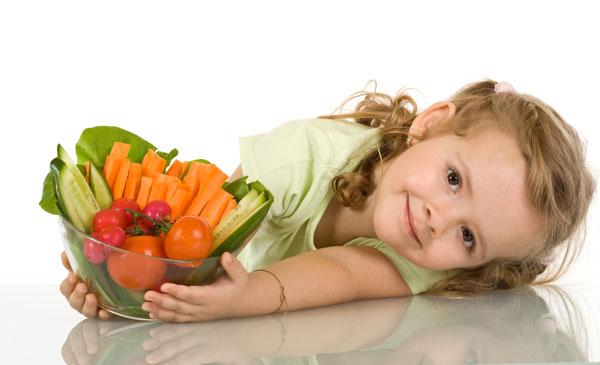School Lunchroom Changes Get Kids to Eat More Veggies

Simple changes in school lunchrooms, such as placing fresh fruit near the cash register, may boost the amount of healthy foods children eat, a new study suggests.
During the study, the researchers slightly altered the lunchrooms of two high schools in New York State to make fruits and vegetables more attractive and accessible. For example, fresh fruit was put into attractive bowls or on tiered stands; salad was served in see-through, to-go containers; and a sign that read "Last Chance for Fruit" was displayed next to fruit at the cash register. Cafeteria staff also prompted the students to try healthy foods with questions such as "Would you like to try an apple?"
The researchers, from Cornell University's Center for Behavioral Economics in Child Nutrition Programs, observed the students for a one-month period before and after the lunchroom makeover, and recorded what the teens left on their plates.
The lunchroom makeover increased the amount of fruit the teens ate by 18 percent, and vegetable consumption by 25 percent, the researchers said.
Following the makeover, the students were 16 percent more likely to eat a whole serving of fruit and 10 percent more likely to eat a whole serving of vegetables.
The lunchroom makeover "was notably effective because it guided students to make more healthful decisions — taking and eating more fruits and vegetables — even when a wide range of less-nutritious foods was available," the researchers wrote in the Feb. 22 issue of The Journal of Pediatrics.
The changes could likely be applied elsewhere, as they cost only $50, and took just three hours to implement, the researchers said.
Get the world’s most fascinating discoveries delivered straight to your inbox.
However, because the study was small, involving just two high schools in one state, larger studies are needed to determine whether the findings could apply to the population as a whole. Research should also investigate whether a lunchroom makeover might improve fruit and vegetable consumption in other places, such as companies, hospitals and retirement homes, the researchers said.
Portions of the new study were presented at several scientific conferences last year, including the annual meeting of the American Public Health Association in October in San Francisco.
Previous work from this same group of researches found that younger children (ages 8 to 11) were more likely to take an apple to eat with their lunch if the food was adorned with a sticker of Elmo, the familiar Sesame Street character.
Pass it on: Small changes in school lunchrooms may get kids to eat more fruits and vegetables.
This story was provided by MyHealthNewsDaily, a sister site to LiveScience. Follow MyHealthNewsDaily on Twitter @MyHealth_MHND. Find us on Facebook.

Rachael is a Live Science contributor, and was a former channel editor and senior writer for Live Science between 2010 and 2022. She has a master's degree in journalism from New York University's Science, Health and Environmental Reporting Program. She also holds a B.S. in molecular biology and an M.S. in biology from the University of California, San Diego. Her work has appeared in Scienceline, The Washington Post and Scientific American.


